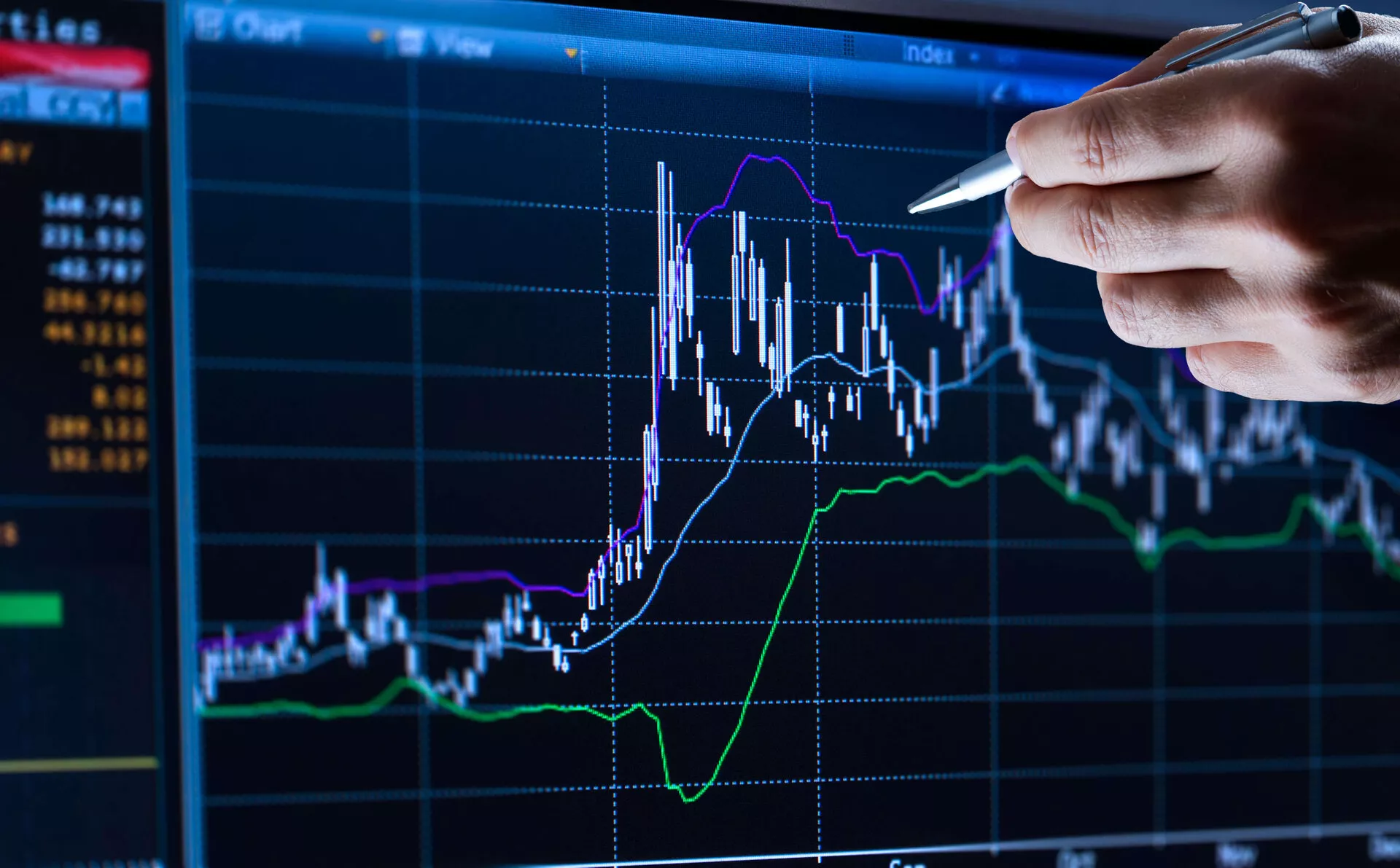
Weekly Update - Economies have generally held up well, but outlook for H2 is less favourable
Start of 2022 was boosted by post-Covid normalisation. The euro zone enjoyed a particularly dynamic trend. Health restrictions in the region were gradually lifted over the winter paving the way for a return to economic growth in the first half-year. Service sectors reopened and budgetary support measures kicked in, which went some way to offsetting the outbreak of war in the Ukraine. In the United States, growth slowed in the first half-year, albeit against a booming comparison base from 2021, as supportive economic policies were dialled back to normal and spending power curtailed by rising inflation. In China, meanwhile, activity fell sharply in the first six months, hampered by reimposed lockdowns and a struggling property market.
Early indicators for H2 look gloomier. Business surveys (PMI, see Chart 1) point to weaker activity in both the euro zone and United States. Inflation is still running high and central banks continue to tighten monetary conditions, weighing on both manufacturing and service sectors. At the same time, however, surveys show the rise in corporate input prices again held steady over the summer, which could mark the start of an easing in inflationary pressures.
An uncertain outlook, consistent with the cautious tone of our investment strategy. The second half of the year is therefore looking less favourable on the economic front. In late July, the IMF again downgraded its global growth forecasts for 2022 to 3.2%, trimming 0.4 points off its April projections (Chart 2). While equity markets had a generally upbeat start to H2, the wider economic landscape continues to counsel prudence.
Also, in the main events of the week, we chose to talk about economic symposium of Jackson Hole and the economic situation in China.




